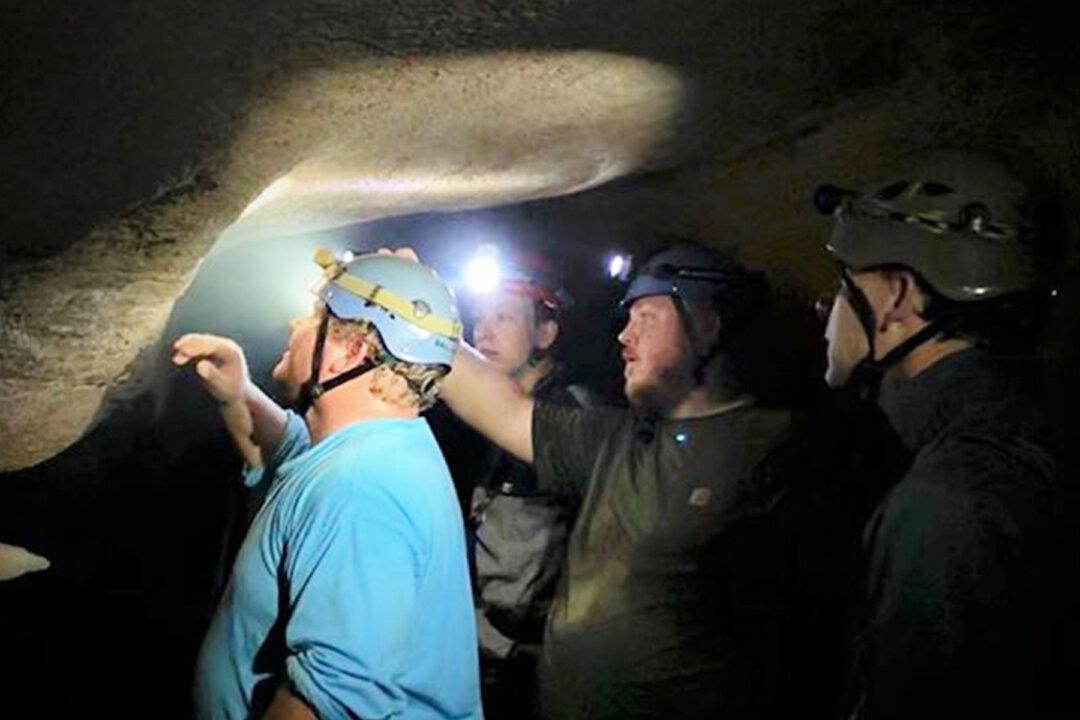The extraordinarily well-preserved remains of a 330-million-year-old shark’s head have been found embedded in the walls of a Kentucky cave. The discovery, while far from the eastern shoreline, indicates that these caves were once under water and populated by sharks.
“I wasn’t exactly sure what I was going to see in the cave during my trip in November [2019],” paleontologist John-Paul Hodnett, program coordinator at Dinosaur Park in Maryland, told the Louisville Courier Journal. “When we got to our target specimen, my mind was blown.”





